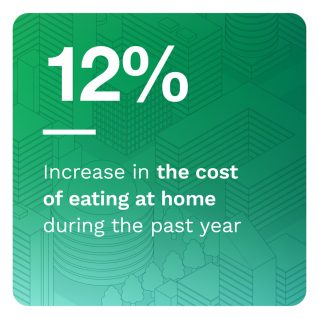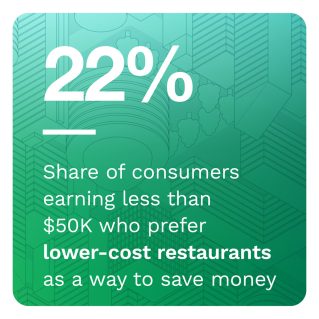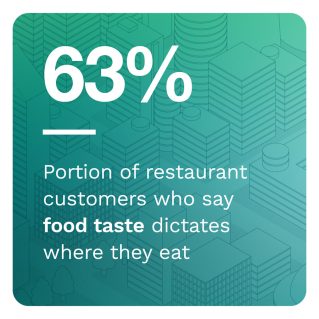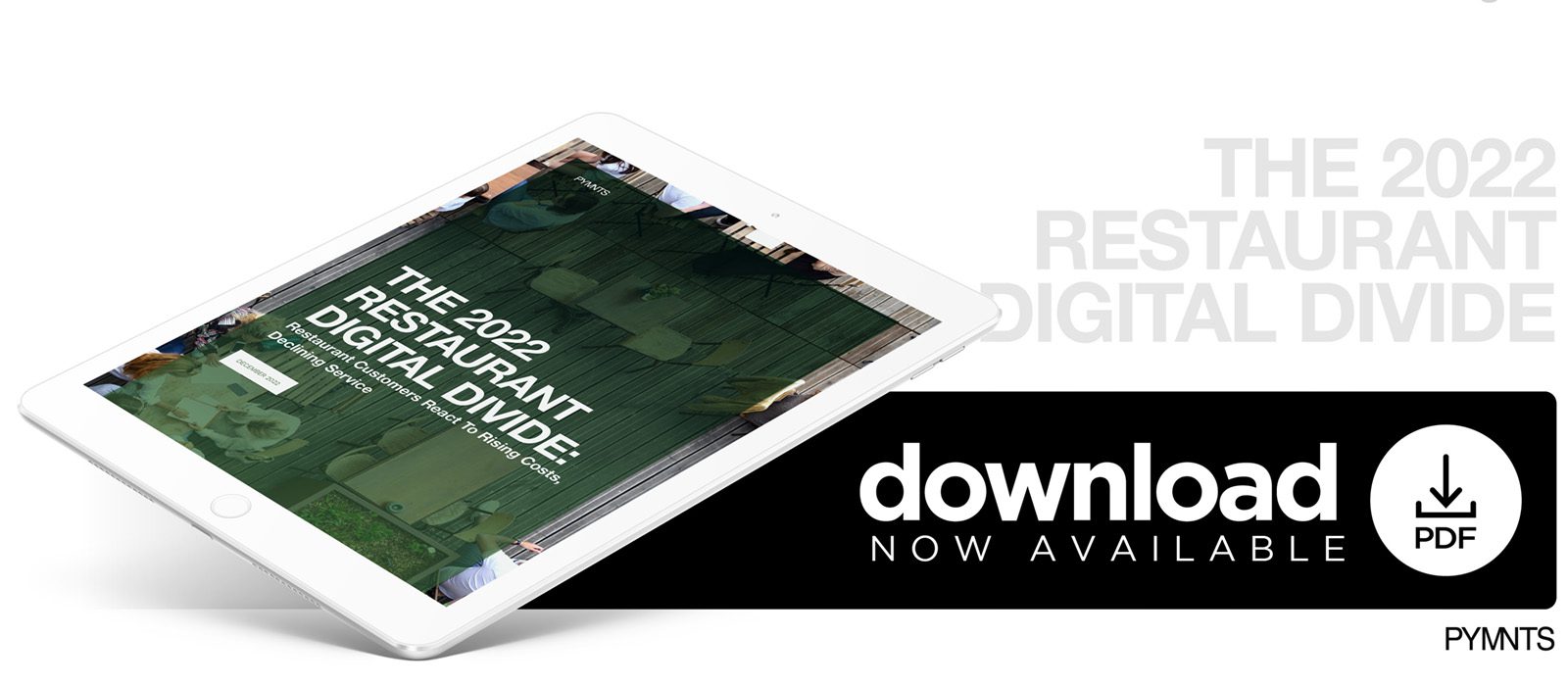Study Finds Millennials Trade Food, Restaurant Quality to Keep Eating Out

The pandemic pushed many restaurants to reduce service or raise prices, which led many consumers to reduce their frequency of dining out.
Baby boomers and seniors have reduced their frequency of dining out the most, with 40% of these consumers eating at restaurants less frequently. Consumers who continue to dine out are changing their habits: going to quick-service restaurants (QSRs) instead of more costly table-service restaurants and ordering less expensive items from the menu, among other interventions.
For “The 2022 Restaurant Digital Divide: Restaurant Customers React To Rising Costs, Declining Service,” we surveyed 2,378 United States restaurant patrons to learn how their dining habits have changed as the items on restaurant menus have grown more expensive and service quality has declined.
Key findings from the report include the following:
 • Consumers think restaurant prices are increasing much faster than official inflation data shows.
• Consumers think restaurant prices are increasing much faster than official inflation data shows.
Restaurant customers say prices have jumped more than three times the CPI increase and double the CPI’s measure of the upswing in food expenses. Seventy percent of consumers say prices are higher at table-service restaurants, and 62% say QSRs have hiked the costs for menu items.
• Younger consumers are willing to sacrifice food and restaurant quality to continue dining out.
Eighteen percent of Generation Z consumers say they are dining more frequently at lower-cost restaurants to save money.
 • Approximately half of consumers say restaurants are cutting hours and closing dining rooms.
• Approximately half of consumers say restaurants are cutting hours and closing dining rooms.
Thirty-sex percent of consumers say convenience influences their decision on where to eat. Forty-two percent of consumers say a restaurant’s proximity to where they live or happen to be when they are ready to eat influences their decision on where to dine.
Restaurants made many changes to their business model in response to the pandemic, including opening later in the morning, closing earlier at night or inserting lower-cost meals into their menus. As patrons react to these changes by either dining out less frequently or choosing cheaper options, restaurants will need to work extra hard to gain and retain customers’ business in the new economy.
To learn more about how rising prices are changing how consumers dine out and what owners can do to keep customers coming in, download the report.

